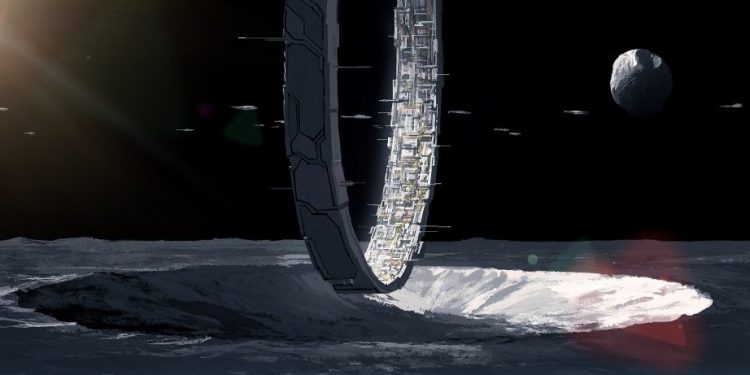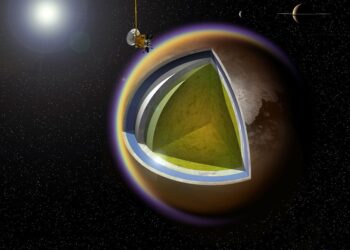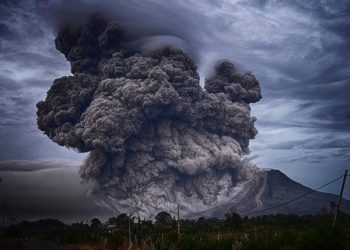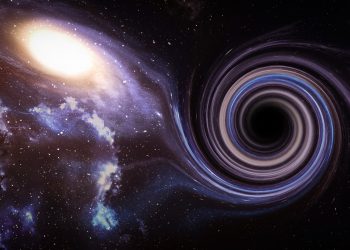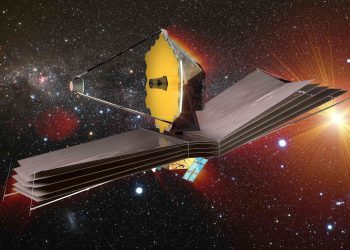A team of scientists from the Breakthrough Listen initiative, dedicated to looking for signs of extraterrestrial life, has created an Exotica Catalog listing each type of astronomical object where technologically advanced alien civilizations might be hiding.
Meet the Exotica Catalog
Called the Exotica Catalog, it includes more than 700 distinct celestial objects, from comets, asteroids, galaxies, and star clusters to rarer celestial phenomena. The scientists divided the objects into four main categories:
- Prototypes: a list of cosmic objects encompassing every known form of celestial objects. It includes planets and moons, stars in each moment of their life cycle, galaxies, etc.
- Superlatives; these are objects of interest with extreme properties, such as the hottest planets, anomalous stars with strangely high or low metal content, the fastest spinning quasar, or the densest galaxy in the universe.
- Anomalies; enigmatic objects whose behavior is not currently known or explained. These include the famous “Alien Star” dubbed Tabby’s Star with its odd dimming behavior or the interstellar object known as ‘Oumuamua, which passed through our solar system in 2017.
- A control sample of sources that are not expected to yield positive results.
What the Exotica Catalog will change
“Many discoveries in astronomy were not planned,” noted the lead author of the new catalog, Dr. Brian Lacki, a Breakthrough Listen researcher from the Department of Astronomy at the University of California Berkeley. “Sometimes a major discovery was missed when nobody looked in the right place because they believed nothing could be found there. This happened with exoplanets, which might have been detected before the 1990s if astronomers had looked for solar systems very different from ours. Are we looking in the wrong places for technosignatures? The Exotica catalog will help us answer that question.”
A big-picture overview
“In the future, it might also benefit students or members of the public who are trying to get a big-picture overview of astronomy or decide what to study,” Lacki explained in an email to Gizmodo. “Some objects on the lists were things I didn’t learn about until grad school or later, or even until we were compiling the catalog,” added Lacki.
The recently penned-down catalog also features a new classification system for cosmic anomalies and includes plans for upcoming potential observations. The Exotica Catalog greatly complements astronomers’ work in recent years and offers a new guide for astronomers to search the cosmos for potential intelligent alien civilizations. In recent years, and when looking for life in our solar system, scientists have largely focused on looking for telltale signs of “life as we know it.”
Newly expanded search
When searching for technosignatures across the universe, we have focused on the same, to look for life as we would perceive it; a life that is similar to that on Earth., We have looked for similar forms of life while searching nearby stars – particularly those known to host planets with the potential for liquid water on their surfaces. But the newly expanded search capabilities that Breakthrough Listen has made possible now allow astronomers to examine a much wider range of possible technology-laden environments, elevating the search for alien life in the universe to a new dimension.
Check out the Exotica Catalog
A preprint of the Exotica paper, the associated catalog, and other information are available here. With the new Exotica catalog, astronomers aim to answer many longstanding questions; Have we been looking for aliens in the wrong places? Could some cosmic objects that we deem natural be, in fact, artificial? Could natural phenomena or problems with observation instruments fool us into thinking we’ve encountered an artificial alien signal? And what can we learn by using the unique Breakthrough Listen backend to observe the natural world?
Have something to add? Visit Curiosmos on Facebook. Join the discussion in our mobile Telegram group



